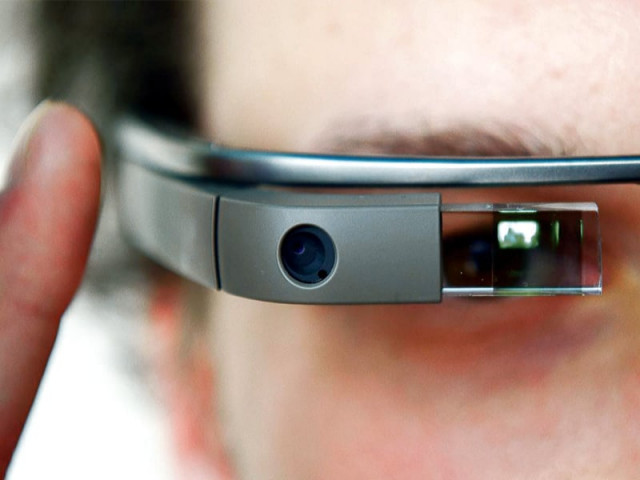Myopia?: Google Glass may cause blind spot
Research infers that the gadget blocks part of users’ visual field

The characteristic hardware of the Google Glass frame has been said to partially obstruct the peripheral vision above the right eye, according to an ophthalmologist. “I realised that it was blocking a part of my visual field,” Dr Tsontcho Ianchulev of the University of California told Reuters.
Ianchulev nearly had a car accident as the Google Glass blocked his visual field and he didn’t see the car approaching from the right. The Google Glass is a wearable technology by Google with an optical head-mounted display. A small monitor tucked into a corner of the frame allows readers to use the product as a smart phone.
In a recent study, Ianchulev and his colleagues compared Google Glass with regular eye wear to test its effect on visual function. The sample included three healthy individuals with 20/20 best-corrected vision and normal baseline visual fields wore the device.

After an hour of wearing the glasses, the individuals completed visual tests to assess their peripheral vision. Then, the same three people completed the tests wearing regular eyeglasses. All of the three participants had noticeable blind spots in the upper right area of their visual field due to the hardware of the frame, as the device was turned off and its software was not running. The findings were stated in the Journal of American Medical Association (Jama).
The spokesperson of the research stressed the importance of wearing Glass correctly, which is reviewed in the introductory materials for setting up the device. Dr Edward Koo, a clinical ophthalmologist at the University of California, said, “The Google Glass hardware produces a significant blocking effect of the right peripheral vision,” reported the Telegraph.
According to the Google Glass’ quick start guide, the display should be positioned above the eye and not in front of it. Ianchulev and his team searched the Internet for images of Glass users to survey how people wear them. In about 30 per cent of the images they saw, users had positioned the prism or screen area in front of the pupil of the right eye, which is likely to interfere with vision.
According to the Glass FAQ page, consumers should follow the laws in their areas regarding using mobile devices while driving or bicycling, and should use care even within the law. “This is a small study, we just wanted to make people aware,” said Ianchulev.
“There are thousands of these gadgets out there and people are biking, rollerblading, driving a car,” he added, suggesting that the blind spot could be minimised with a better fit or different design. The gadget, which is currently being manufactured as a one-size device, needs to be produced in different sizes to accommodate people with different head sizes. The Glass help centre on the website indicates that its durable frame can be bent to fit any face. Ianchulev pointed out that Google’s decision to co-develop a project with Mercedes was “not a great idea” and noted that despite being a good tool for specific tasks he, “wouldn’t personally drive with it.”
Published in The Express Tribune, November 6th, 2014.
Like Life & Style on Facebook, follow @ETLifeandStyle on Twitter for the latest in fashion, gossip and entertainment.



















COMMENTS
Comments are moderated and generally will be posted if they are on-topic and not abusive.
For more information, please see our Comments FAQ